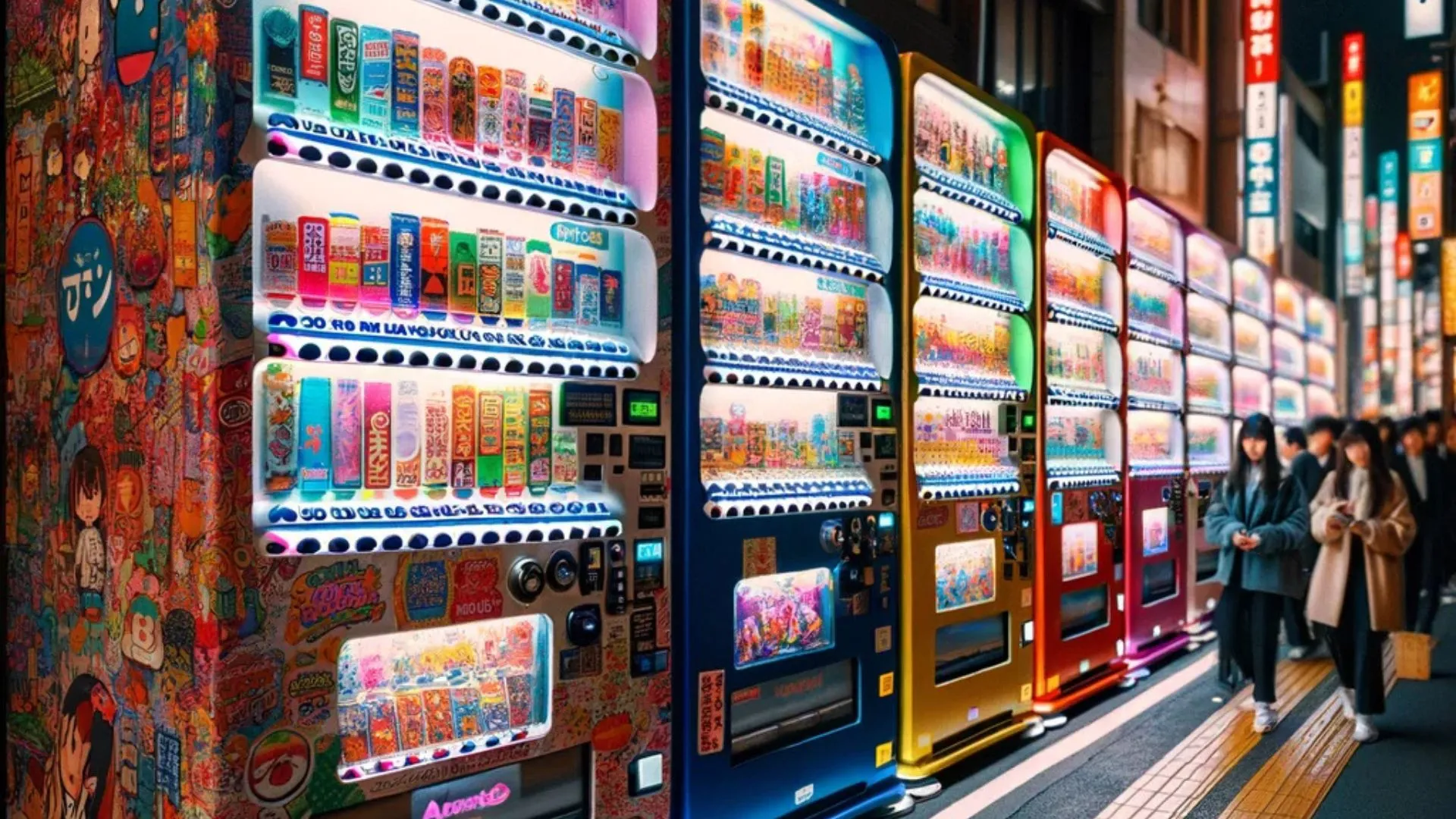A Japanese noodle company has introduced the world’s first canned ramen made with wheat noodles, set to debut in vending machines nationwide.
Maruyama Seimen, established in 1958, has created a canned version of ramen that has enthusiasts buzzing with excitement. Unlike the more common instant noodles made from konjac—a starchy root vegetable—this innovation features authentic wheat noodles, promising a restaurant-quality experience.
Priced at ¥500 (£2.53), the canned soy sauce ramen comes ready-to-eat with wheat noodles, a soy sauce-flavored broth, green onions, fermented bamboo shoots, and a tender slice of chashu pork. The company also claims the canned ramen is shelf-stable for up to three years.
Currently available in 150 vending machines in Miyagi Prefecture and 100 in Mito City, Ibaraki Prefecture, Maruyama Seimen plans to expand availability across Japan. Vending machines are a ubiquitous part of Japanese culture, with the country boasting the world’s highest density—one machine for every 29 people, according to Tokyo Weekender. Found everywhere from bustling city streets to the summit of Mount Fuji, these machines sell a wide variety of items, including hot coffee, clothes, and now canned ramen.
Ramen vending machines have been a staple of Japanese convenience culture for decades, offering everything from instant noodle cups to frozen ramen packs. By the 1980s, machines began dispensing pre-cooked ramen that required heating at home. Over time, these machines evolved, with some now serving piping-hot bowls of ramen at the touch of a button.
Canned ramen’s roots trace back to the early 2000s, when Takeshi Yamada, the owner of Tokyo’s renowned ramen shop Menya Musashi, sought to create a durable version of ramen for disaster relief after volunteering to cook for earthquake survivors.
The challenge in canning wheat noodles has always been preserving their signature springy and chewy texture, as they tended to become soggy in cans. Konjac noodles provided an alternative, but ramen purists felt they fell short of the real experience. Maruyama Seimen’s innovation marks a breakthrough, delivering a product that meets the high standards of ramen lovers while adding a new layer of convenience.























